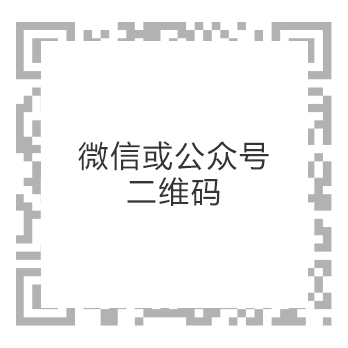Power tool switch electronics
Introduction to switch electronics
This tutorial is mainly a pin AC variable speed model. Through the introduction of the main components (SCR, DB3, Capacitor, R) on the PCB'A of the RG5 SERIES and the interrelationships between the components, let us further understand the product and understand the switch How to achieve and control shifting.
一、Triac (unidirectional)
Operating characteristics of thyristors
Introduction to Switch Electronic Circuits This tutorial is mainly a pin AC variable speed model. Through the introduction of the main components (SCR, DB3, Capacitor, R) on the PCB'A of RG5 SERIES and the interrelationships between them, let us further understand the product And understand how the switch realizes the speed change and control the speed change. A. Triac (unidirectional) Triac's working characteristics
1. This type of connection between the SCR and the power supply is called the forward connection of the thyristor, that is to say, the anode (A) and the control (G) of the thyristor apply a forward voltage. 2. When Turn on the power switch S, the light bulb L is off, indicating that the thyristor is not conducting, and then turn on the switch S1. At this time, a trigger voltage is input to the control electrode, and the light bulb L will be on. When the light bulb is on, turn the switch on again. When S1 is turned off, the light bulb L will still be on, indicating that the thyristor is still on at this time, and the light bulb will not be turned off until the switch S is turned off. This result shows: (1). To turn on the thyristor, Two conditions must be met: a. The anode potential must be higher than the cathode potential; b. The control electrode must have sufficient forward voltage. (2). When the thyristor is turned on, the thyristor can The on-state is maintained because the voltage at the control electrode only triggers and has no shutdown function. When the two conditions for its on-state are not met, the SCR returns to the off-state.
The role of thyristor in the circuitThe most basic role of thyristor in the circuit is the rectifier.The following is a simple single-phase sinusoidal rectifier circuit in the right. In the positive half cycle of the sinusoidal AC voltage V, at time t = t1, a trigger pulse Vg is input to the control electrode (G), and the thyristor is turned on (ignoring its forward voltage drop). The output waveform is as shown below The area of the shaded part is the average value of the output voltage.
It can be seen from the figure that in each positive half cycle of the input voltage, the line angle that passes from zero to the trigger pulse is called the control angle α (the time from 0 to t1 in the figure). The phase angle of the pass (the shaded part in the figure) is called the conduction angle q. respectively indicate the range of blocking and conduction of the thyristor in each positive half cycle. By controlling the arrival time of the trigger pulse Vg, it is changed The control angle α or the conduction angle changes the average voltage on the load to achieve controllable rectification. Note: The conduction angle at one degree at 50 Hz = 1 / (50 * 360) is approximately 0.055 ms. Hz = 1 / (60 * 360) approximately 0.046 ms
二、Bidirectional triggering diode (DB3)
The following uses a simple circuit diagram to illustrate the working principle of a bidirectional trigger diode.
Assume that the trigger voltage (conduction voltage) of DB3 used in the figure is 30V. When the adjustable input voltage U increases from 0V to 30V, the bulb L will not light, indicating that DB3 is not conducting. But when the voltage reaches 30V, the bulb is on. At this time, DB3 is turned on at this time. This result indicates that the bidirectional trigger diode itself has a forward turn-on voltage (V B0). When the external transient voltage reaches V B0, DB3 is turned on, and DB3 is equivalent to the path Components. DB3 is mainly used to trigger thyristors in the circuit, and at the same time it acts as overvoltage protection in the circuit.
三、Capacitance (C):
The capacitor mainly implements the charging and discharging function in the circuit, and provides the voltage required for DB3 to trigger conduction. When a sinusoidal voltage is input in the RC loop, the capacitor starts to charge in the first positive half cycle After the time t1, the capacitor charging voltage reaches DB3 to trigger conduction, the required turning voltage VBO, DB3 is turned on, and DB3 triggers the SCR, and the capacitor charging is completed and the discharge starts.
The formula U = òtIdtc01 is the charging voltage of the capacitor, that is, the charging voltage is the integral of the current I in the circuit with the charging time t.
四、Diode (D):
1. During the negative half-wave period, the voltage difference between the two ends of the diode tends to be constant about 0.7V, which ensures that the voltage across the capacitor is maintained at about 0.7V (the capacitor cannot be charged). Used in conjunction with the thyristor to make the output waveform a half wave.
五、Variable-speed resistance (R):
The equivalent resistance and capacitance in the circuit form an RC circuit in the circuit, and by changing the resistance value, it causes the current and voltage in the circuit to change, which causes the charging time to change.



